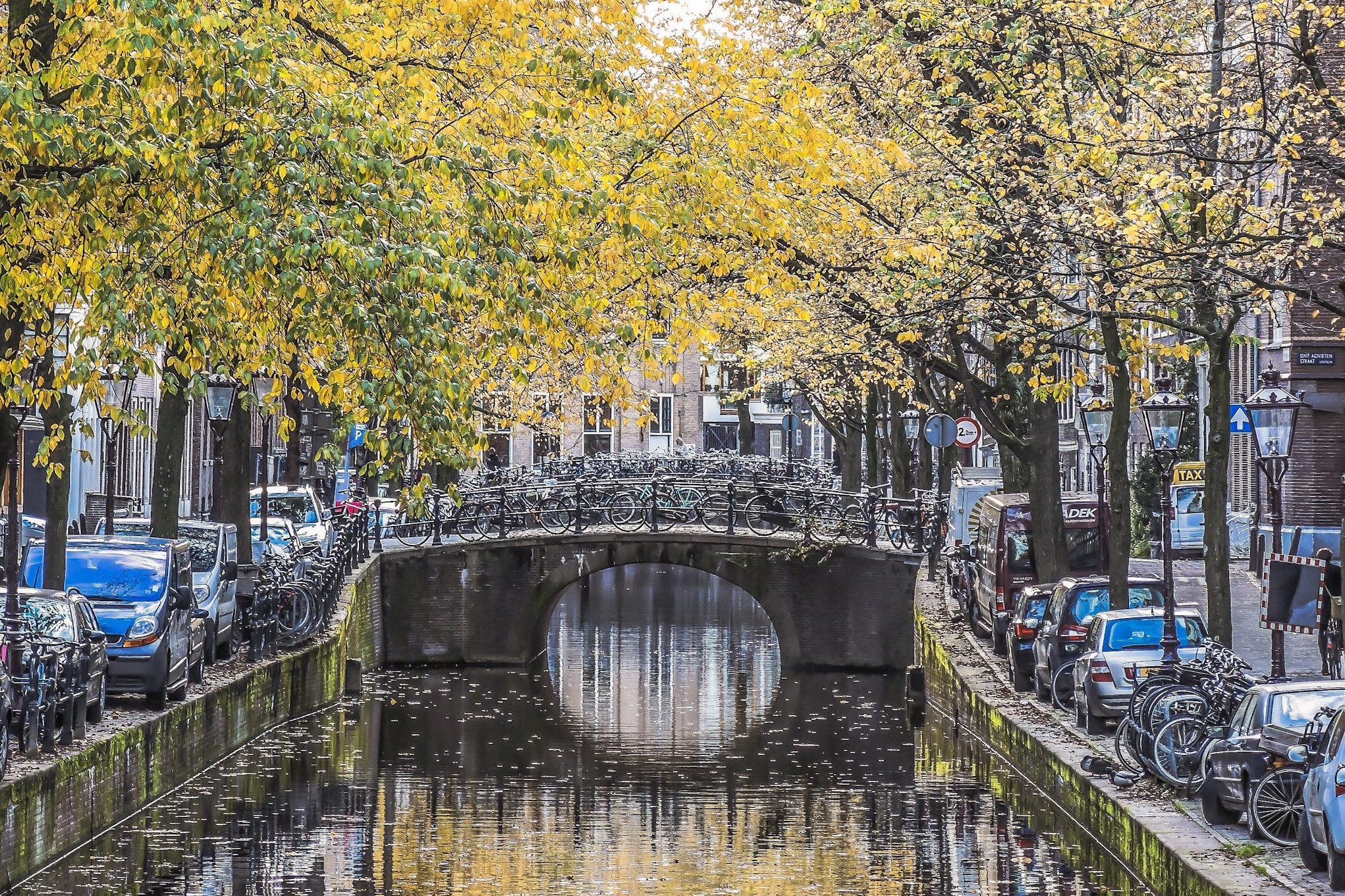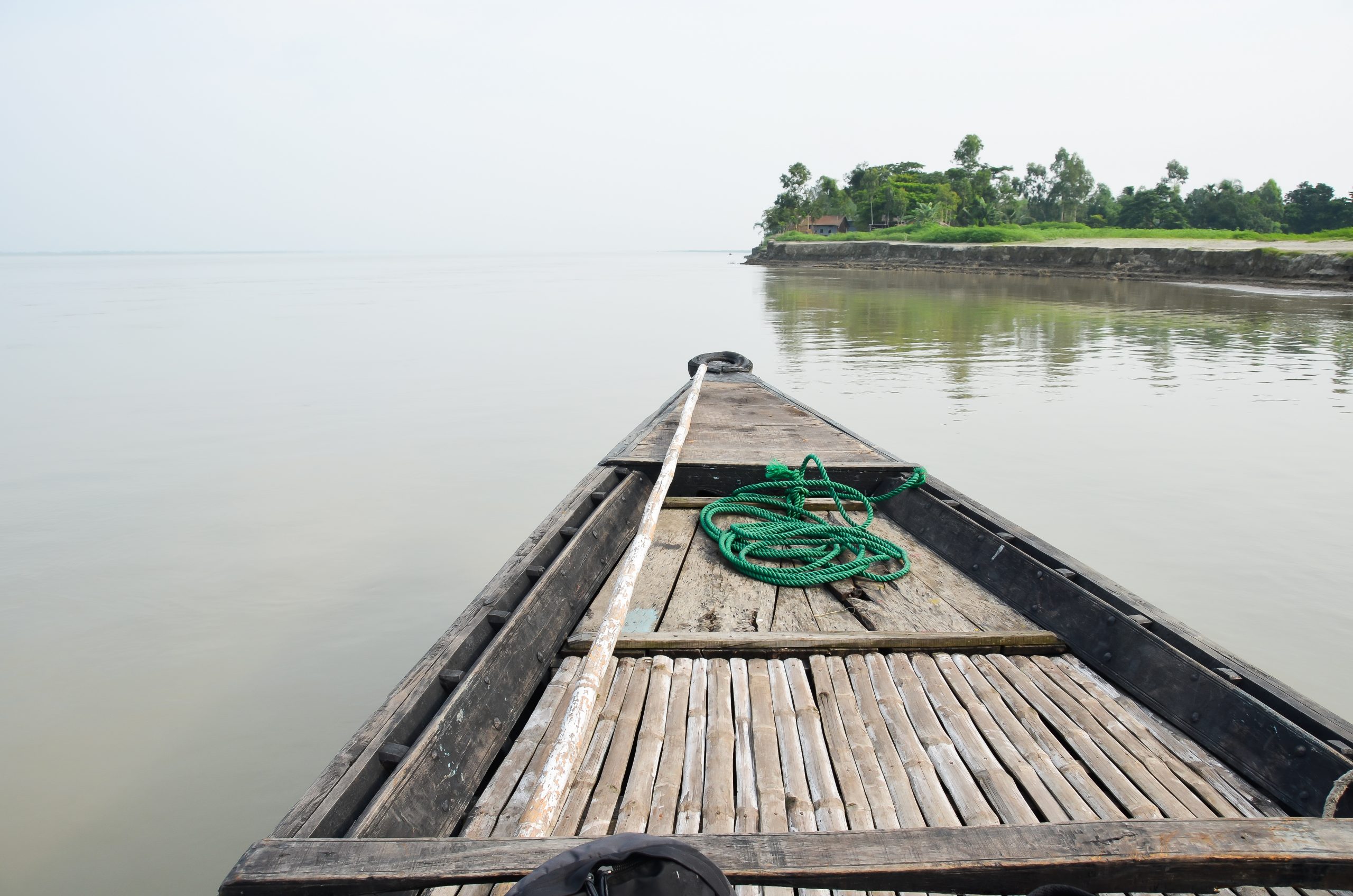
LoST by feet
Walking is more than putting one foot in front of the other to get from one place to another – from A to B. The tracks we use take us along contours, through landscapes, past things. They can also allow us to retrace old ‘ways’ – movements of people in the past – and understand current activities.
Robert Macfarlane writes of this at the very beginning of his book The Old Ways: a journey on foot:
Humans are animals and like all animals we leave signs as we walk: signs of passage…We easily forget that we are track-markers, though, because most of our journeys now occur on asphalt and concrete…(p13)
Walking is therefore an important activity for us – an opportunity to slow, to retrace, to feel the landscape/cityscape and its contours, an opportunity to meet people, to engage. We begin to understand how footpaths connect sites, grazing lands and seasonal movements. LoST sees these trails not as routes to conquer, but as conversations to enter. Trekking becomes a form of listening, where every bend in the path, every encounter with a herder, a community, or tree, carries the possibility of connection.
Whether long or short, in the bush, along a well-known trail or through urban landscapes, walking provides a means of engagement and understanding – of people who inhabit the landscape, of a landscape’s ecosystems and biodiversity and their relationships with people, and of our own values, actions and priorities. It’s both an outward engagement and, as Macfarlane would say, a reconnoitre inwards.
We no longer travel through, but within landscapes.
You can find out some more at the link Walking or by going to LoST Experiences to check out other categories and tags.
#LoSTwalking on Instagram



